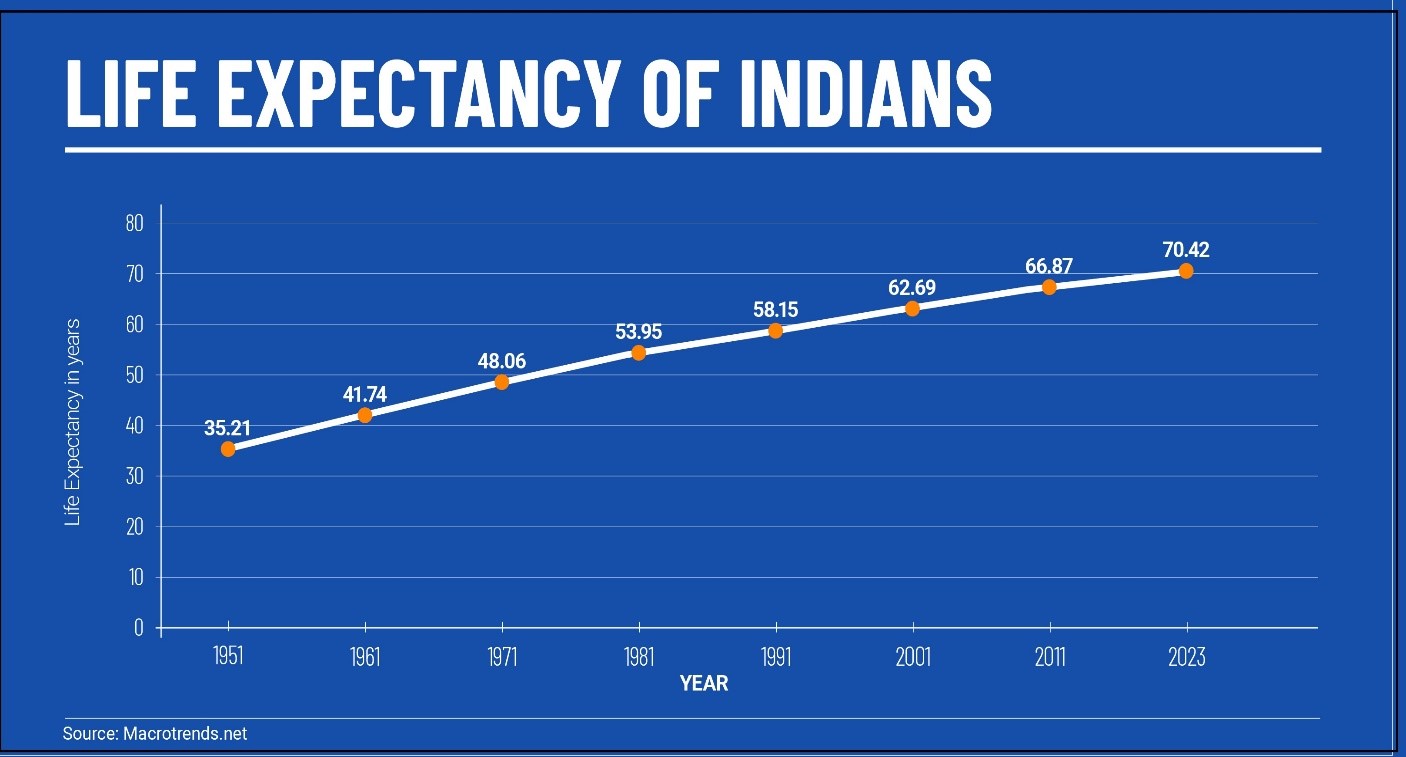7667766266
enquiry@shankarias.in
Why in news?
The World Health Organization (WHO) recently released the World Health Statistics Overview 2019.
What are the highlights?

What are the possible reasons?
Source: Indian Express